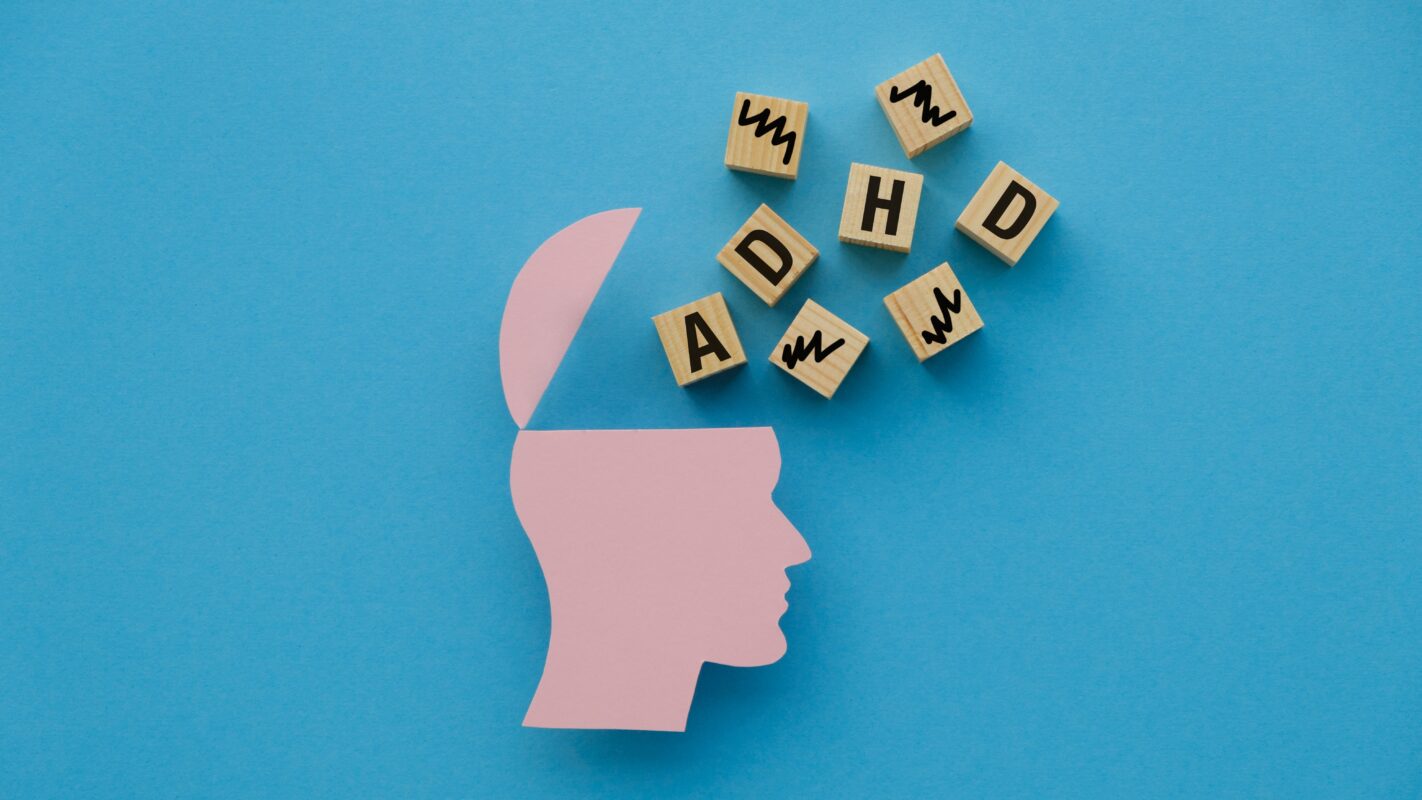Chronic otitis media early in childhood is often voiced as a concern for speech-language delay, though the research is inconclusive.
Animals studies that induce chronic conductive pathologies can result in significant changes in central auditory pathways, including peripheral afferent and efferent neural innervation. However, in general, these animal studies create significant pathologies over extended periods of time without resolve and consistent sound stimulation.
For most children, conductive pathologies are mild to moderate in nature and only transient and likely have minimal implications for speech and language. Nonetheless, more chronic and severe conductive pathologies may create neural and synaptopathic deficits similar to animal models.
Okada et al. (2019) performed a retrospective review of 196 patients with chronic and acute conductive pathologies in one ear and normal hearing sensitivity in the contralateral ear. Bone conduction thresholds were normal in both ears. Participants were grouped by condition type, acute vs. chronic nature, and severity of conductive hearing loss ( air conduction thresholds >< 40 dBHL).
W-22, 50-word lists were presented with a contralateral speech-shaped noise. The presentation level was a minimal at 70 dBHL, but otherwise based on maximal audibility based on the Articulation Index. The results demonstrated significantly lower word recognition scores for ears with chronic conductive pathology higher than 40dBHL, but not for acute or more mild to moderate variants of conductive loss.
The authors suggest this may be reflective of synapatopathy due to chronic deprivation and suggest amplification and other means of stimulation to intervene. There are some limitations.
First, it is unclear if audibility was achieved for all participants, no increase in the intensity of speech stimuli was completed to see if scores improved.
Second, the amount of mean difference in word recognition scores for the most significant difference (chronic congenital pathology > 40 dBHL), was approximately 10 percent (98 percent in the normal ear and 88 percent in the ear with pathology). Although this is statistically significant, may have limited clinical significance.
Finally, the authors could have attempted speech testing through a bone-conduction transducer to see if there was any difference when testing around the conductive pathology.
Reference
Okada et al. (2019) Chronic conductive hearing loss is associated with speech intelligibility deficits in patients with normal bone conduction thresholds. Ear & Hearing, pre pub.
Recent Posts
Attention-Deficit/Hyperactivity Disorder in Adults
Ashman and colleagues (2025) recently published a report that examined health center visits by adults who had a diagnosis of ADHD. These authors used data…
Volunteer Spotlight: Batoul Berri, AuD
What is your background in audiology? I am a pediatric and vestibular audiologist at University of Michigan-C.S. Mott Children’s hospital. I have been practicing for…
What Breakthroughs Are Coming to AAA 2026?
AAA 2026 will be delivering some of the most timely, innovative, and practice-shaping content in audiology in San Antonio. This year’s Featured Sessions will spotlight…


